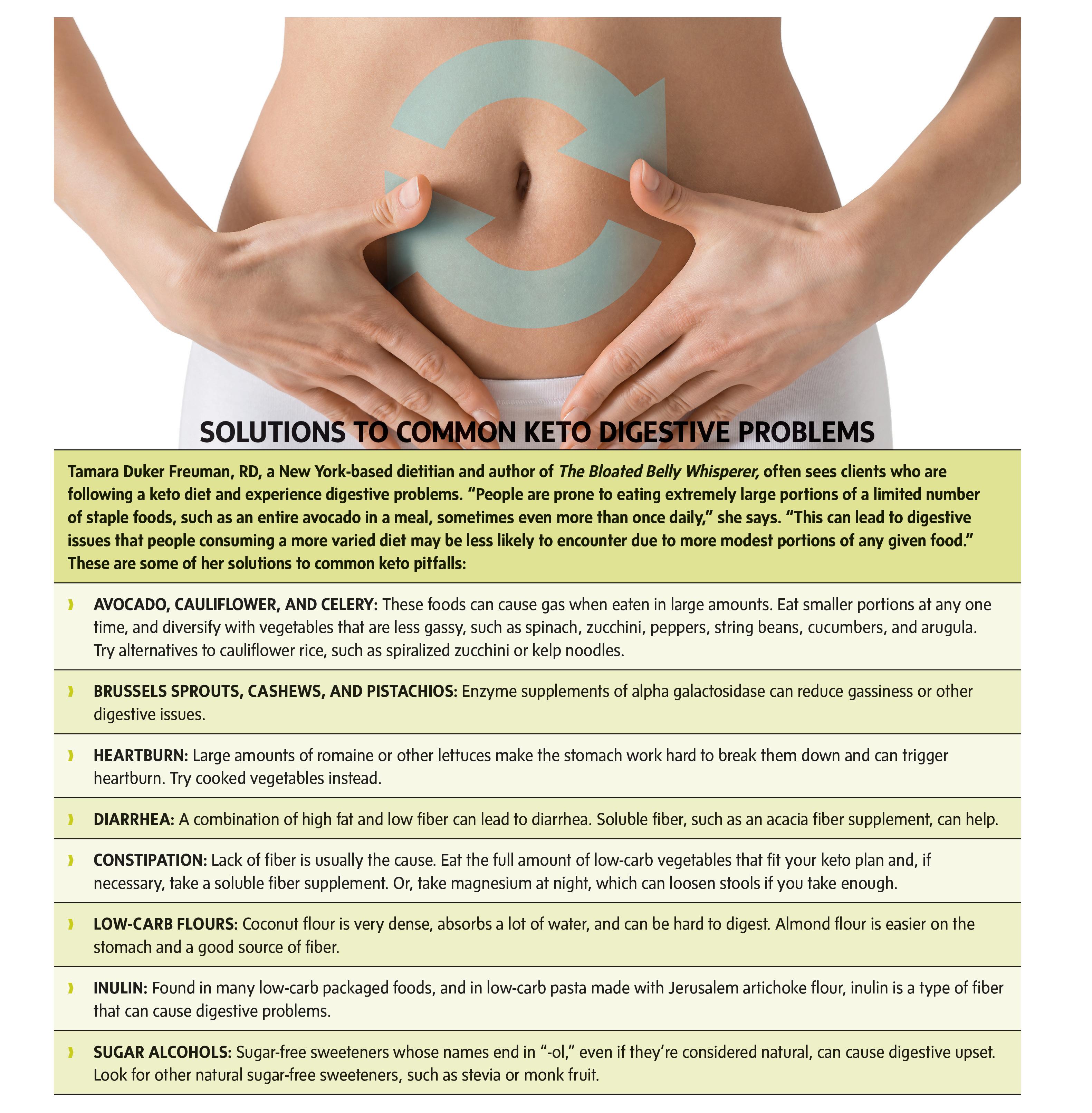
9 minute read
HERBS FOR ALLERGIES
BY SALLY KARLOVITZ, CN
SNEEZING AND SNIFFLING and itching—oh my! Spring is here, so allergy season is here! Instead of reaching for over-the counter relief that can cause side effects, reach for something natural. You may have heard of the bioflavonoid quercetin and its benefits for allergies, but there are also many herbs that can help a person dealing with seasonal allergies.
Advertisement
Aller-7 is a proprietary blend of seven standardized Indian herbal extracts, including amla, ginger, and black pepper, has been studied for allergy support. Clinical studies have shown that this blend of herbs helps promote respiratory health and normal breathing during allergy season. In one study, researchers found that 92 percent of people who used the herbal blend in a placebo-controlled trial reported an improvement in symptoms, and over 40 percent reported complete relief of symptoms. The stinging nettle plant offers more than its sting! This common plant has been used effectively for allergies. While its mechanism of action is not fully known, it is thought to have natural antihistamine and anti-inflammatory action. One study demonstrated significant relief from hay fever symptoms in those using freeze-dried nettle, while another study found that 48 percent of nettle users reported the natural remedy to be more effective than over-the-counter allergy medications. Turmeric is another natural anti-inflammatory herb. The body’s histamine response to allergens is an inflammatory response. When pollens, dander or mold enter the body of a person with allergies, they activate the release of histamines in the bloodstream, which then accelerates inflammation and mucus production. Turmeric can help modulate this response. Feverfew may be best known for its benefits for migraines and headache, but it may also play a role in allergies as an antihistamine. One animal study showed that an extract of feverfew inhibited histamine release mast cells in a different way than other inhibitors like quercetin. When taken properly, natural herbal remedies can offer significant relief. They help address underlying issues of inflammation, getting to the core of the problem, rather than just covering the problem and only treating the symptoms. Spend more time enjoying the spring season this year by reducing allergy symptoms naturally.
Paragon Plus™ Respir-Aller™
Comprehensive seasonal support.* Supports normal respiratory function in the presence of airborne allergens.* With Aller-7™, quercetin, MSM, vitamin C, & more.
THE ULTIMATE KETO GUIDE

The popularity of the high-fat, low-carb keto diet for weight loss has skyrocketed. But some underlying mechanisms and other benefits don’t get much attention and aren’t widely understood. Here’s what you need to know By Vera Tweed
My body weight has been the same since I was 20—never changes,” says Laurie Steelsmith, ND, a naturopath in Hawaii and author of Growing Younger Every Day. Several years ago, Steelsmith decided to go on a keto diet not to lose weight, but to experience its effects. “After about 3 weeks, I felt fantastic, I had so much “
April 2020 energy, and kept going,” she says. After following the diet for two months, she started modifying it in a way that maintains improvements.
“I no longer have low blood sugar— ever,” which had been a problem before keto, says Steelsmith. “My tendency was not to eat because I get busy, so I got ‘hangry,’ and then I got irritable and then I felt crummy,” she recalls. But that cycle is gone. One day after breakfast, she went on a six-hour hike up a mountain and afterward, knew it was time to eat but wasn’t very hungry, still had plenty of energy, and mentally, felt on top of her game. Before keto, she would have been hungry, and likely hangry, long before the end of the hike.
The Keto Theory The keto diet changes metabolism by shifting the human body’s fuel source from blood glucose to ketones, chemicals the liver makes when fat is burned to generate energy. A perfectly healthy human body could switch from one fuel to the other as needed, much like a hybrid car that uses either gas or electrical power. However, the large amount of carbohydrates that most people eat has broken that switch, blocking fat from being used as an energy source. The keto diet forces the switch to turn on.
“You’re burning fat, which is in your diet, but you’re also opening up pathways that allow you to eat yourself—you can liberate and mobilize fat, and your brain senses that energy,” says Dominic D’Agostino, PhD, a neuroscientist at the University of South Florida who has been researching keto diets and supplements for over 10 years. “If you’re on a really high-carbohydrate diet and you go four or five hours without food,” he adds, “your brain senses an energetic crisis because it doesn’t have quick or easy access to the fat.” If it did, there wouldn’t be a problem.
Fat burning and keto production are also triggered by fasting, which is why people can survive without food for weeks. Intense or prolonged exercise can also trigger temporary ketone production.
Why Keto Triggers Weight Loss Scores of dramatic before-and-after photos, shared online by keto adherents, might give you the idea that there’s something magical about eating a lot of fat. But this isn’t why the keto diet works. “It helps you lose weight, but it does it by calorie restriction, because it helps you regulate your appetite,” says D’Agostino. “It’s really changing brain chemistry,” he adds. “Instead of your appetite controlling you, the diet allows you to control your appetite, to moderate your intake, and to really control what you eat.”
The keto diet originated in 1921 as a treatment for type 1 diabetes (before the invention of diabetes drugs) and seizures among children with epilepsy. Since then, studies have found that it may assist in the treatment of certain diseases, including:
Type 2 diabetes Prediabetes Seizure disorders Acne and eczema Polycystic ovary syndrome (PCOS) Amyotrophic lateral sclerosis (ALS) Cancer Alzheimer’s disease Traumatic brain injury Digestive disorders Autoimmune diseases Gout Fatty liver disease
In addition, because the keto diet lowers unhealthy levels of blood glucose, it may lower risk for atherosclerosis, heart disease, and stroke.
Keto Diet Basics The carb content of keto diets is typically counted as net carbs: the amount of total carbs in a food minus its fiber content. Total net carbs per day range between 20 and 50 grams, much lower than the typical American diet, which contains between 200 and 300 grams of total carbs.
No one officially tracks the nation’s net carb consumption, but it’s estimated that we eat an average of 15 grams of fiber daily. Subtracting the fiber from total carbs, average daily net carbs would be around 185 to 285 grams—dramatically higher than keto diet levels.
The carb calories are replaced mostly by fat, as in healthy fat. Protein levels don’t dramatically change and shouldn’t be too high, as too much protein can prevent fat burning. Although we don’t usually turn protein into blood glucose, it can happen on a low-carb, high-protein diet.
The proportion of fat calories in a keto diet can vary from 60–75 percent. Protein would be about 20 percent, and carbs would make up the rest. This, says Steelsmith, is how a strict, very low-carb keto diet would compare with a standard American diet:
Standard American Diet Keto Diet
Approximate % of Calories
Fat 34% Protein 16%
Carbs 50% Protein 20%
Fat 75%
Different Types of Keto Diets The idea of a high-fat diet may seem inherently unhealthy—fast-food burgers without buns or fries, for example, an approach sometimes called “dirty keto.” But since the purpose of the diet is to improve health, fats should be healthy ones. Grass-fed meat, organic butter or ghee, and organic dairy products are popular. (Although milk is discouraged because, unlike cream, butter, yogurt, and cheese, it contains signifi cant amounts of lactose, a form of sugar.) But the keto principle can be applied to any type of diet. Steelsmith’s pre-keto diet was gluten-free, sugar-free, and dairy-free, and she isn’t a fan of red meat or added animal fats, so she worked out a keto plan that suited her own style of eating. “It was a very satiating diet,” she says, “and it all tasted great.” Here’s an example of what she eats in a day, designed to contain no more than 30 grams of net carbs:

Targeted Keto Supplements By reducing carbohydrates, a keto diet dramatically reduces the amount of blood glucose available as fuel, and it takes a while for fat burning and ketone production to ramp up as the alternative fuel. During this transition period, “keto fl u,” with symptoms such as fatigue and brain fog, can make it diffi cult to stick with the diet.
“You go through this glucose withdrawal, and it’s essentially the brain lacking the energy that it needs,” says D’Agostino. But specifi c supplements can help. “If you elevate ketones a bit through these products,” he says, “that can really help you adhere to the diet and maybe prevent a lot of the keto fl u or brain fog.”
Supplements of beta-hydroxybutyrate (BHB) are actual ketones in a pill or powder, and studies have found that they eff ectively raise ketone levels in the human body. In addition, MCT oil from coconut is a fast-burning fat that helps enhance natural ketone production.
In more than a decade of research, D’Agostino has found that the most eff ective way to use these supplements is in combination, in a powdered form. As well as reducing keto fl u symptoms, he says, “They can augment the therapeutic eff ects of the diet.”
How to Take Keto Supplements BHB can have a gentle laxative eff ect if you take more than your body can absorb. D’Agostino recommends using BHB and MCT oil in powdered forms, which are designed to mix with water. Take equal amounts of each. Start with half the suggested dose, or about 5 grams of each, and gradually work your way up to a full dose. Your body will learn to absorb more, but if you experience a laxative eff ect, take a little less.
Dr. Mercola Ketozyme Garden of Life Dr. Formulated KETO Organic MCT Powder
KETO PRODUCT GUIDE
Nature’s Plus LCHF Shake Keto Living Nutritional Shake Powder Zhou Keto Drive BHB Ketones Trace Minerals Research Keto Electrolyte Drops
Electrolyte Depletion and Dehydration A keto diet increases loss of fluids, and electrolytes—including sodium, magnesium, and potassium—are excreted during the process. Drinking half your body weight in ounces of water, eating salt, and taking electrolyte supplements can help to prevent a shortfall. Some electrolyte supplements are specifically formulated to support a keto diet.

How to Start a Keto Diet Steelsmith recommends educating yourself about the diet as a first step. Then calculate your personal nutritional needs. She’s found that it’s easiest to start with a net-carb limit of 50 grams, and once you get used to eating that way, gradually reduce the carb limit over time. Use an online calculator or an app (ketodietapp.com offers both) to work out what to eat to achieve your goals. Then make a plan and a shopping list, and take the plunge: Get rid of the foods you won’t be eating, stock up on those you will, and get keto supplements to help you stay on track. Doing the diet with a partner may be easier, or you can find buddies online. You might want to track everything you eat for a while, but with time, you’ll develop a new sense of what to eat. It’s a process, says Steelsmith. “It’s re-educating your own perception of your body.”










